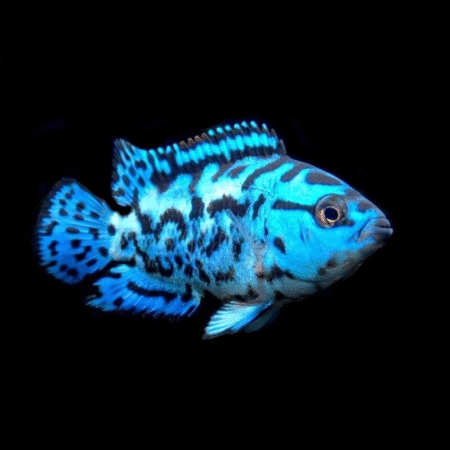To provide the best experiences, we use technologies like cookies to store and/or access device information. Consenting to these technologies will allow us to process data such as browsing behaviour or unique IDs on this site. Not consenting or withdrawing consent, may adversely affect certain features and functions.
The technical storage or access is strictly necessary for the legitimate purpose of enabling the use of a specific service explicitly requested by the subscriber or user, or for the sole purpose of carrying out the transmission of a communication over an electronic communications network.
The technical storage or access is necessary for the legitimate purpose of storing preferences that are not requested by the subscriber or user.
The technical storage or access that is used exclusively for statistical purposes.
The technical storage or access that is used exclusively for anonymous statistical purposes. Without a subpoena, voluntary compliance on the part of your Internet Service Provider, or additional records from a third party, information stored or retrieved for this purpose alone cannot usually be used to identify you.
The technical storage or access is required to create user profiles to send advertising, or to track the user on a website or across several websites for similar marketing purposes.

















Emily Carter (verified owner) –
As an avid aquarium enthusiast, I can confidently say that the Apistogramma Agassizii ‘Double Red’ is a stunning addition to my tank! I purchased two males and a female about two months ago, and they’ve settled in beautifully. Their vibrant colors bring life to my aquarium, and watching them interact has been such a joy. I love how they display their territory and communicate with each other.
These dwarf cichlids are perfect for a well-planted 20-gallon aquarium, where they can explore and hide among the foliage. They are peaceful fish, but their vibrant personalities truly shine, especially during feeding time. Compared to other tropical fish I’ve kept, their behavior is unique and captivating.
One minor consideration is that they can be a bit shy at first, but with patience and a comfortable environment, they become quite bold. I recommend this species to anyone looking for a colorful, engaging addition to their aquarium. If you prioritize their welfare, these fish will reward you with delightful interactions for years to come! Overall, a fantastic investment for any fish lover.
Emily Parker (verified owner) –
I recently added the Apistogramma Agassizii «Double Red» to my aquarium, and I couldn’t be happier! After just two weeks, these stunning dwarf cichlids have settled in beautifully. Their vibrant colors bring life to my tank, making it a joy to watch them swim and interact. I was initially worried about compatibility, but they coexist peacefully with my other small fish, which is a huge plus for any beginner. Compared to other tropical fish I’ve had, these little guys have such distinct personalities and are surprisingly interactive. My only minor concern is that they appreciate some hiding spots, so I added a few plants and caves to their environment. Overall, this species is perfect for anyone looking to create a thriving aquatic ecosystem. If you’re a beginner or a seasoned hobbyist like me, you can’t go wrong with these delightful dwarf cichlids. I highly recommend giving them a try—you won’t regret it!